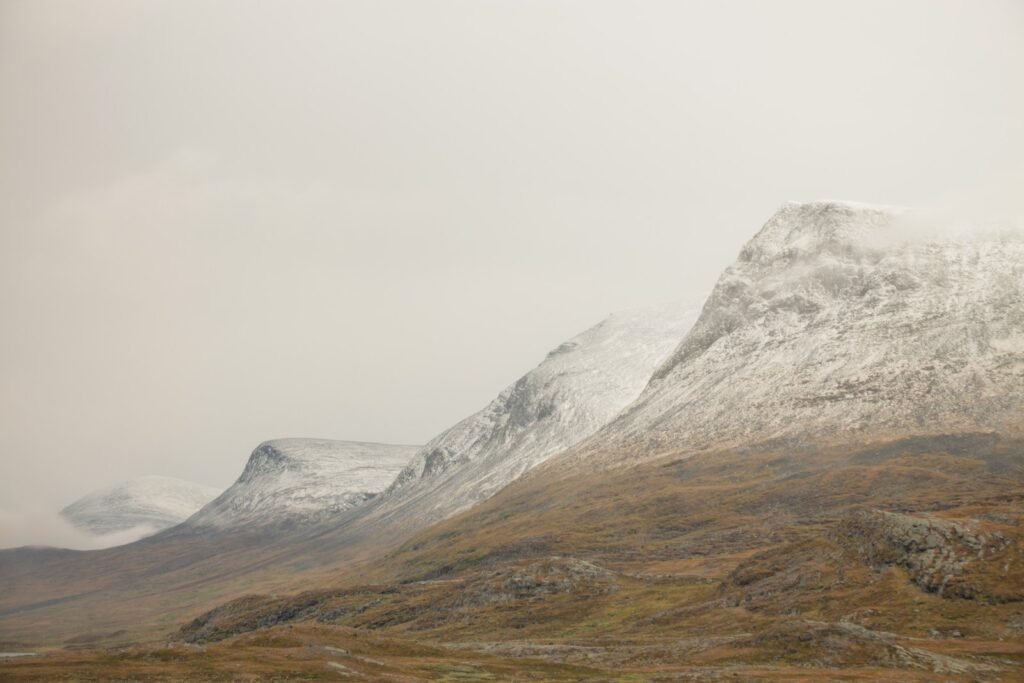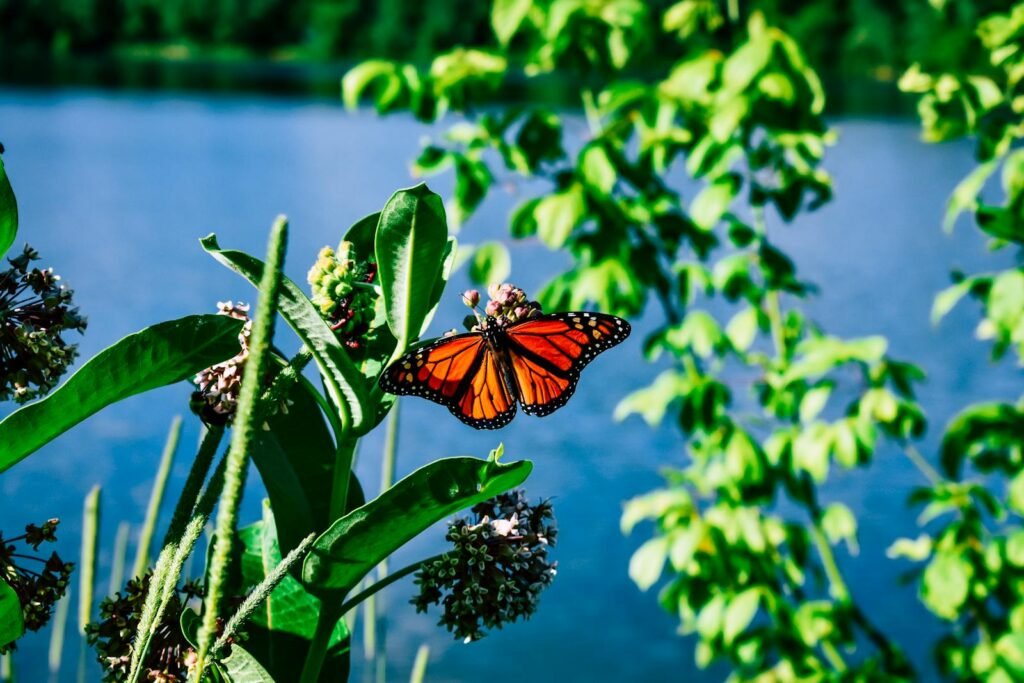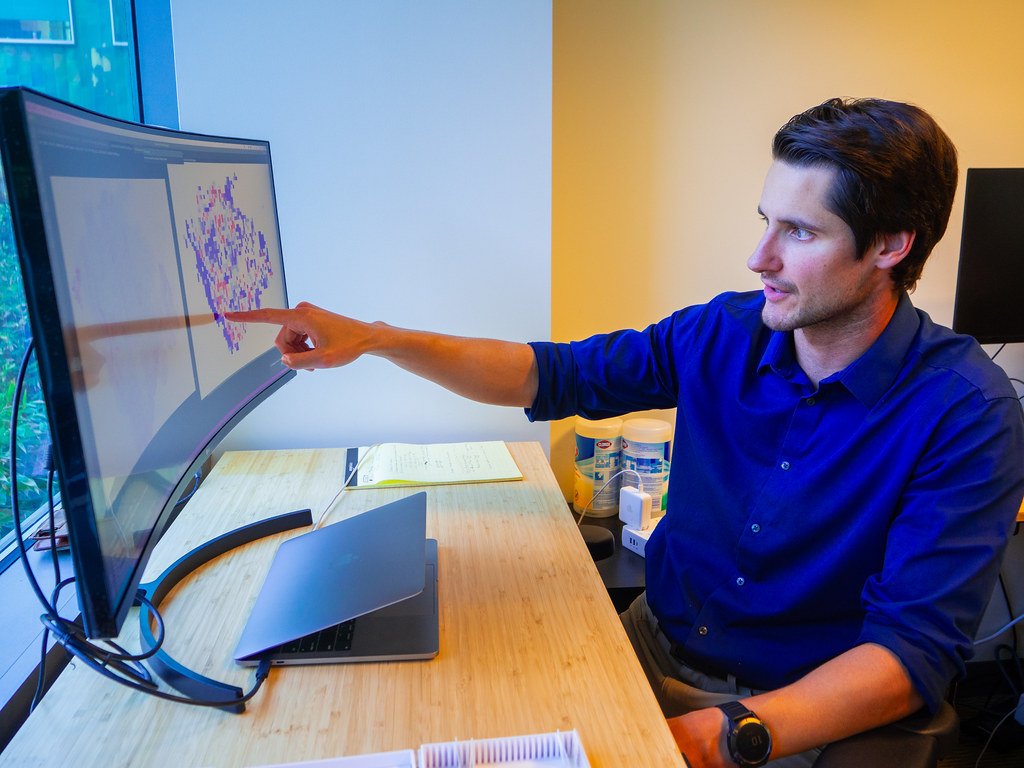It begins with a whisper in the cold – ice slumping, ground settling, and a smell that hints at something old waking up. Across the Arctic and subarctic, thawing permafrost is unveiling tiny survivors and ancient passengers that time forgot. Some can twitch back to life after deep freeze, others carry genetic clues to ecosystems that no human ever saw. The mystery draws scientists in like a detective story, complete with locked rooms and misdirections, but the stakes are real and modern. What emerges from the thaw could rewrite parts of biology while testing our preparedness for a warming world.
The Hidden Clues
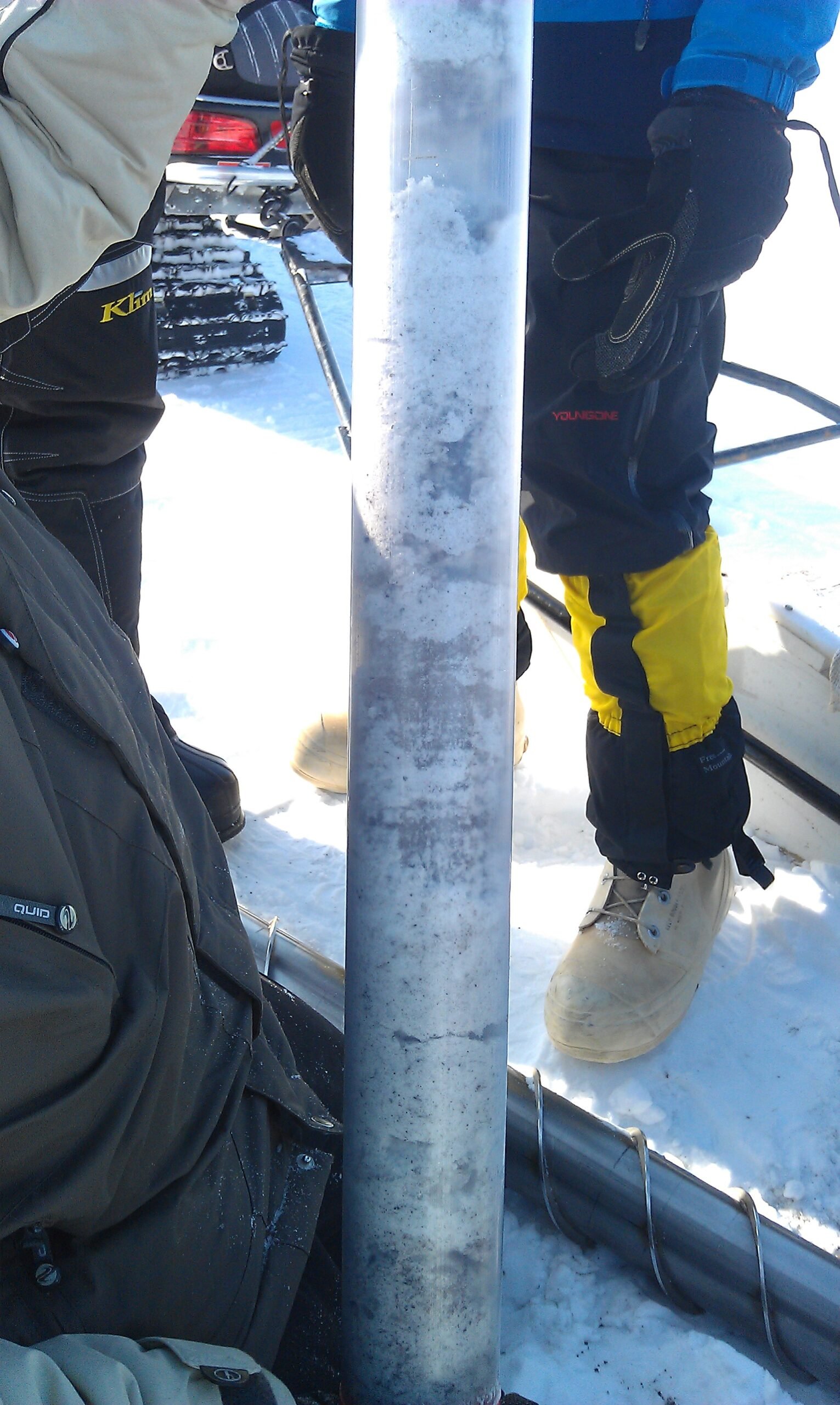
What if the next creature to reshape biology is already awake – just very, very small? The Arctic’s frozen soils are less like dirt and more like a time capsule, sealing away organisms, DNA fragments, and the chemistry of long-lost climates. When permafrost slumps, it tosses these clues into rivers and labs, inviting careful hands and cautious minds. I still remember opening a chest freezer in a field station and feeling how the cold had a smell – clean and metallic – like a door cracked to another century. That sensation is now routine for teams pulling cores from Siberia, Alaska, and the Yukon.
Inside those cores are layered stories: summer pollen, winter dust, and occasional biological surprises. Each layer captures what lived and died, and sometimes what might live again. The puzzle is to read the signals without blurring them, and to do it before the thaw accelerates further.
From Ancient Tools to Modern Science
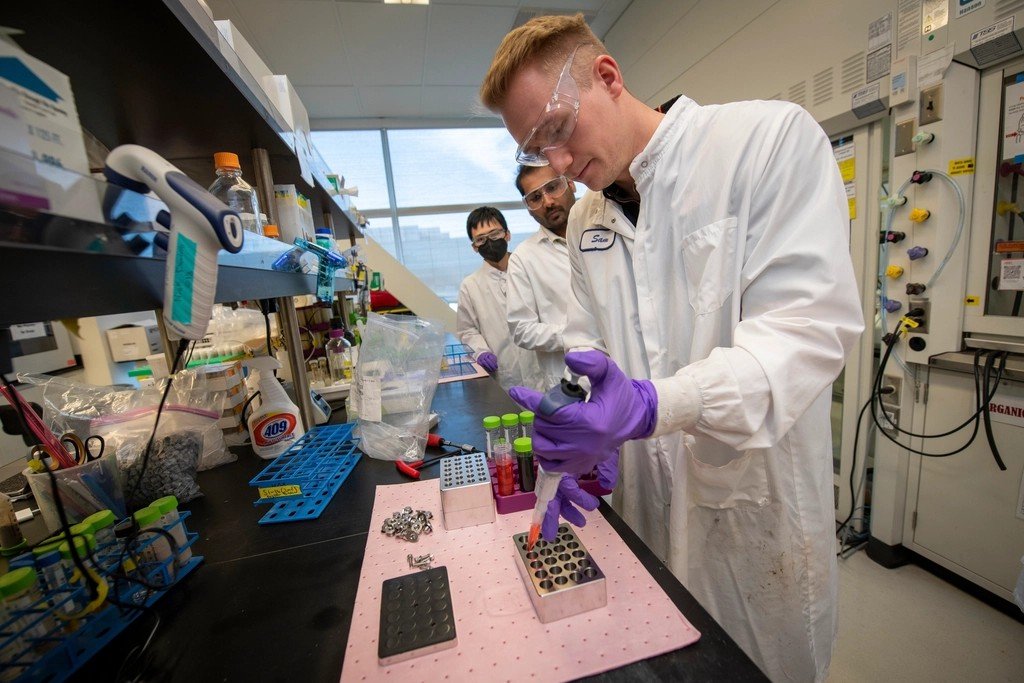
Field work starts with augers and sterile tubes, but the detective work happens under hoods and behind sealed doors. Researchers map each sample’s depth and temperature, then date organic bits with radiocarbon and cross-check with ice stratigraphy. They use metagenomics to sift out fragments of DNA and assemble genomes, like rebuilding a book from shreds. Culture attempts come next, with incubators mimicking ancient cold, low-oxygen conditions, inching organisms toward activity without shock. It’s stubborn work that often yields nothing – and then suddenly, something moves.
Today’s toolkit includes ultra-clean labs, RNA sequencing to see what genes switch on, and microscopy that can catch a cell’s first stir. The aim isn’t just revival; it’s understanding how life endures, and what that endurance might mean for ecology and health. The crucial rule: go slow, document everything, and assume nature is more patient than you.
Creatures That Woke Up
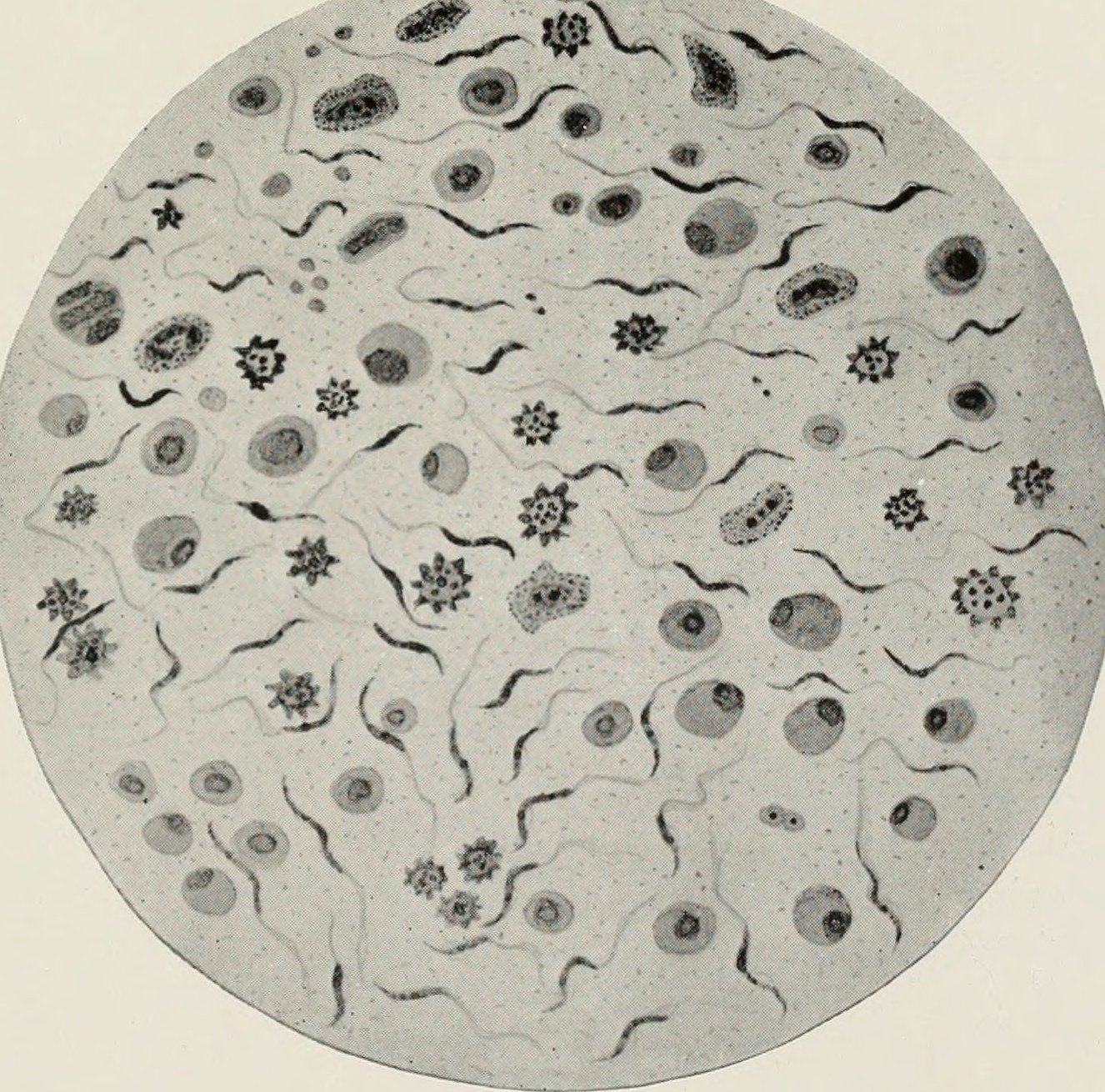
Among the most startling finds are tiny animals that shrugged off millennia in ice and mud. Microscopic rotifers, known for their rugged survival tricks, have reanimated after deep freeze and reproduced as if a long nap had ended. Roundworms preserved in Siberian permafrost for tens of thousands of years have also revived in controlled conditions, stirring questions about dormancy and cellular repair. These are not monsters; they’re the small, resilient workhorses of soil ecosystems. Their awakening shows that complexity can persist where we assumed only dust remained.
Revival isn’t magic; it’s biology navigating extremes. Antioxidant defenses, glass-like cell interiors, and antifreeze compounds likely act together to prevent catastrophic damage. Each revived creature is a living footnote to an ancient climate, carrying biochemical strategies modern science can learn from.
Giants at the Micro Scale
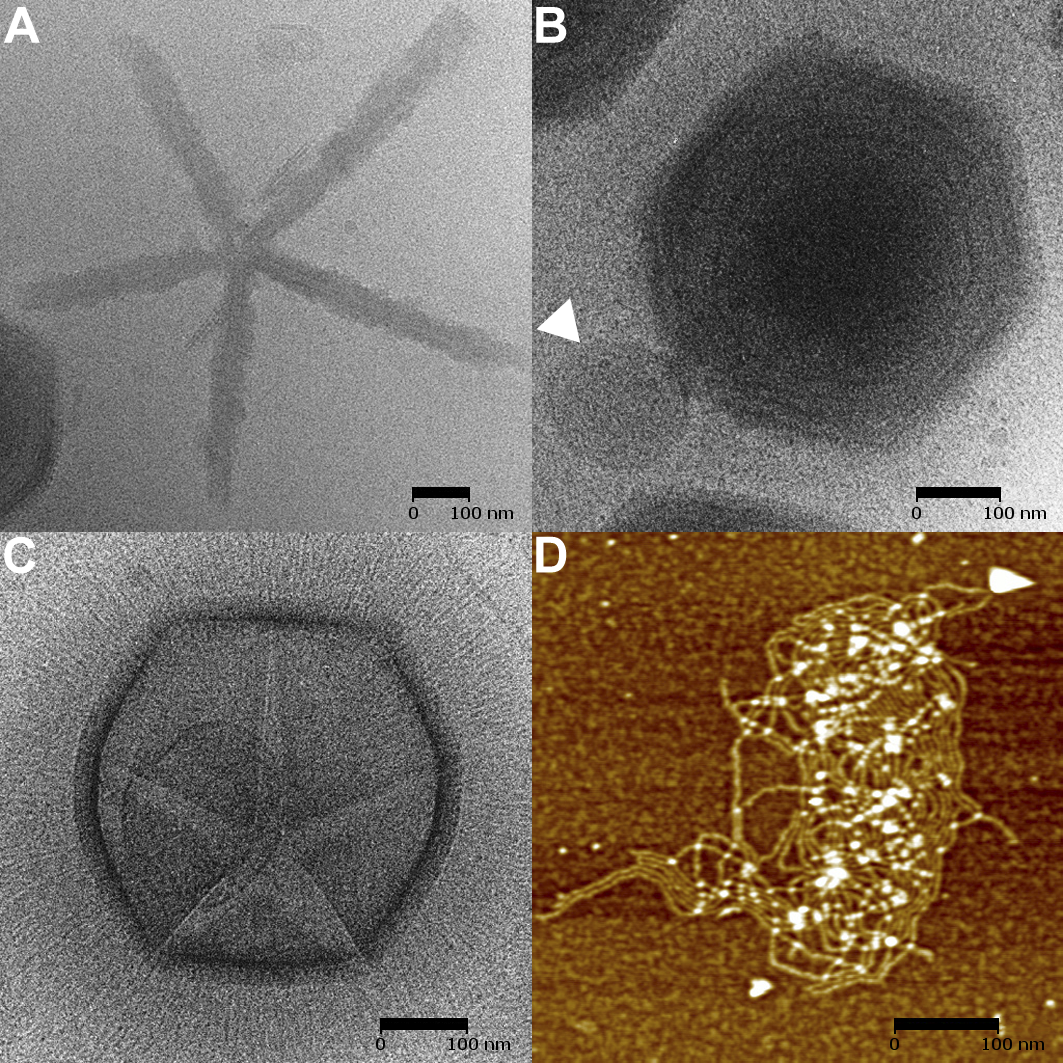
Giant viruses – larger and more gene-packed than many bacteria – have emerged as headline grabbers from the permafrost. They infect amoebae, not people, but their genomes carry an exotic toolkit that challenges what we thought viruses could do. Several have been revived under strict containment, proving that viral particles can remain infectious after tens of thousands of years on ice. Their existence hints at a broader viral archive underground, an atlas of past infections and forgotten hosts. Studying them is like visiting a museum where some exhibits are still alive.
These ancient viruses expand the boundaries of virology and evolution. They complicate the tidy categories drawn by textbooks and emphasize how much genetic creativity sits outside familiar organisms. Most importantly, they remind us that “dormant” doesn’t always mean “dead.”
The Permafrost Time Machine
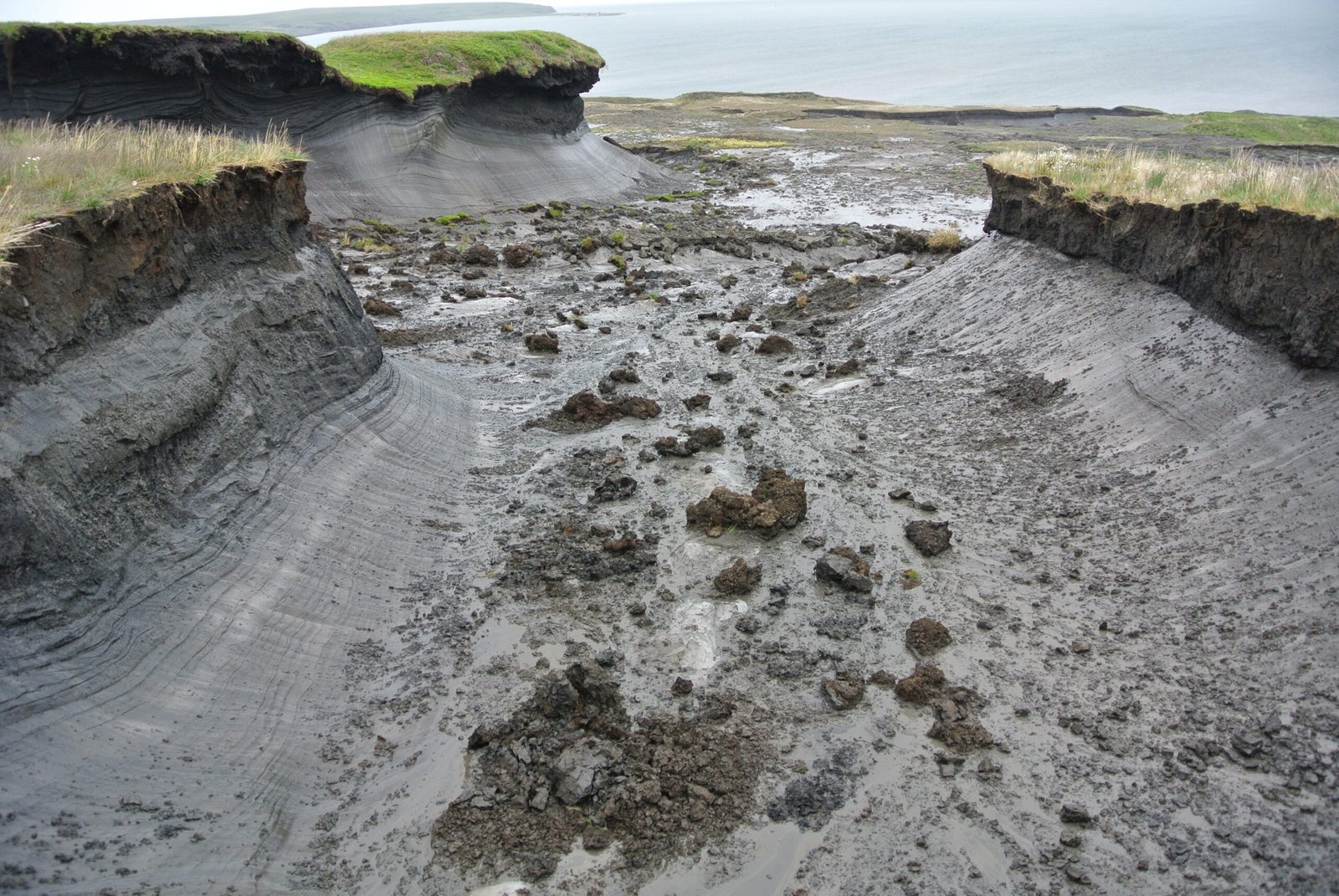
Permafrost is not just cold dirt; it is a composite of ice lenses, plant remains, and buried animal material that can persist for geologic ages. In some layers, scientists have found intact seeds, tufted fur, even muscle tissue from Ice Age mammals. The chemistry surrounding these finds tracks greenhouse gases trapped long before industrial smokestacks existed. In other layers, microscopic communities rest like mothballed cities, their last sunrise buried under snow. When a slope collapses or a river cuts a fresh bank, these archives open like a book.
Each exposure is both an opportunity and a hazard. Uncontrolled thaw can destroy context and degrade DNA, even as it reveals new material. Responsible science means racing the melt without outrunning caution.
Why It Matters
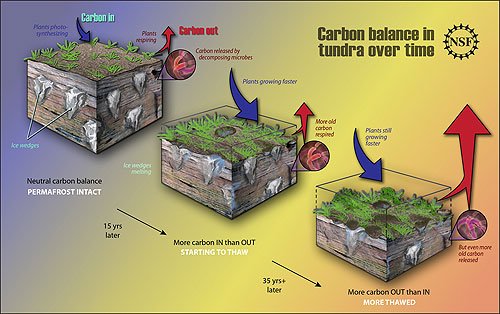
Ancient organisms are teachers that speak a different dialect of survival. By comparing their genes with modern relatives, researchers can pinpoint the molecular tricks that protect cells from freezing and drying, a boon for medicine, organ preservation, and agriculture. Traditional lab models rarely capture such extreme resilience, so permafrost life fills a vital gap. There’s also the cold-hard truth that warming is accelerating; understanding what thaw releases helps communities plan. This is not esoteric curiosity – it’s practical foresight.
Compared with conventional ecology, permafrost research compresses time, letting us test ideas about evolution and climate feedbacks on a fast track. It calibrates climate models with real, ancient baselines, not assumptions. And it reframes risk: the smallest things can have outsized consequences when the ground itself is changing.
Risks You Can’t See
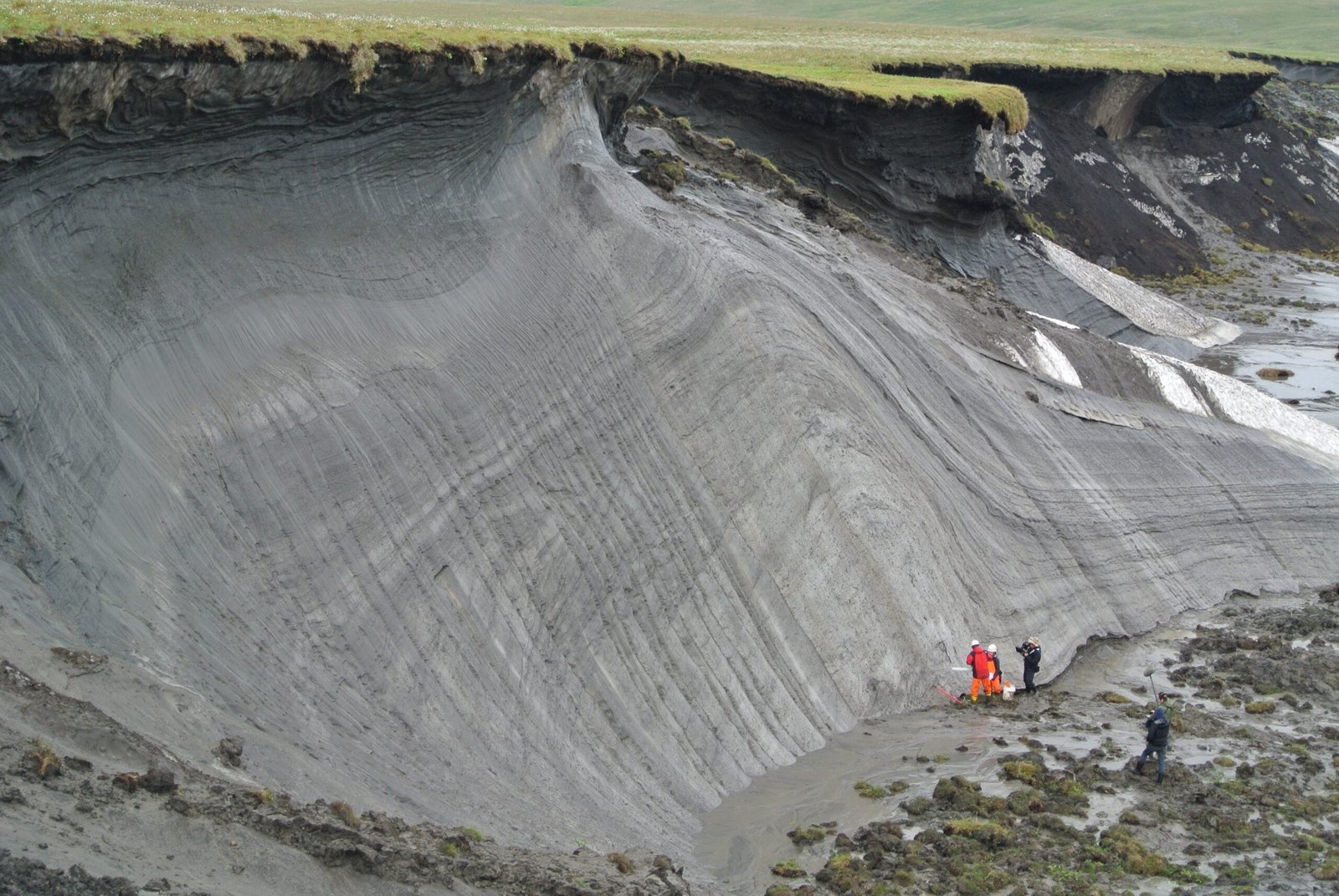
Not everything emerging from the ice should be welcomed with open arms. Soil can harbor hardy spores, and the Arctic has seen outbreaks linked to thawed animal remains, reminding us that old pathogens can persist. That doesn’t mean we expect a parade of ancient plagues, but it does mean surveillance and containment matter. Laboratories that handle revivals follow strict protocols, treating even amoeba-infecting viruses with respect. The guiding principle is simple: curiosity must be matched by caution.
Public health preparedness blends with environmental monitoring here. Early warning systems for wildlife die-offs, water quality checks near thaw slumps, and clear communication with local communities turn unknowns into manageable risks. The point is not to panic – it is to be ready.
Climate’s Slow Fuse
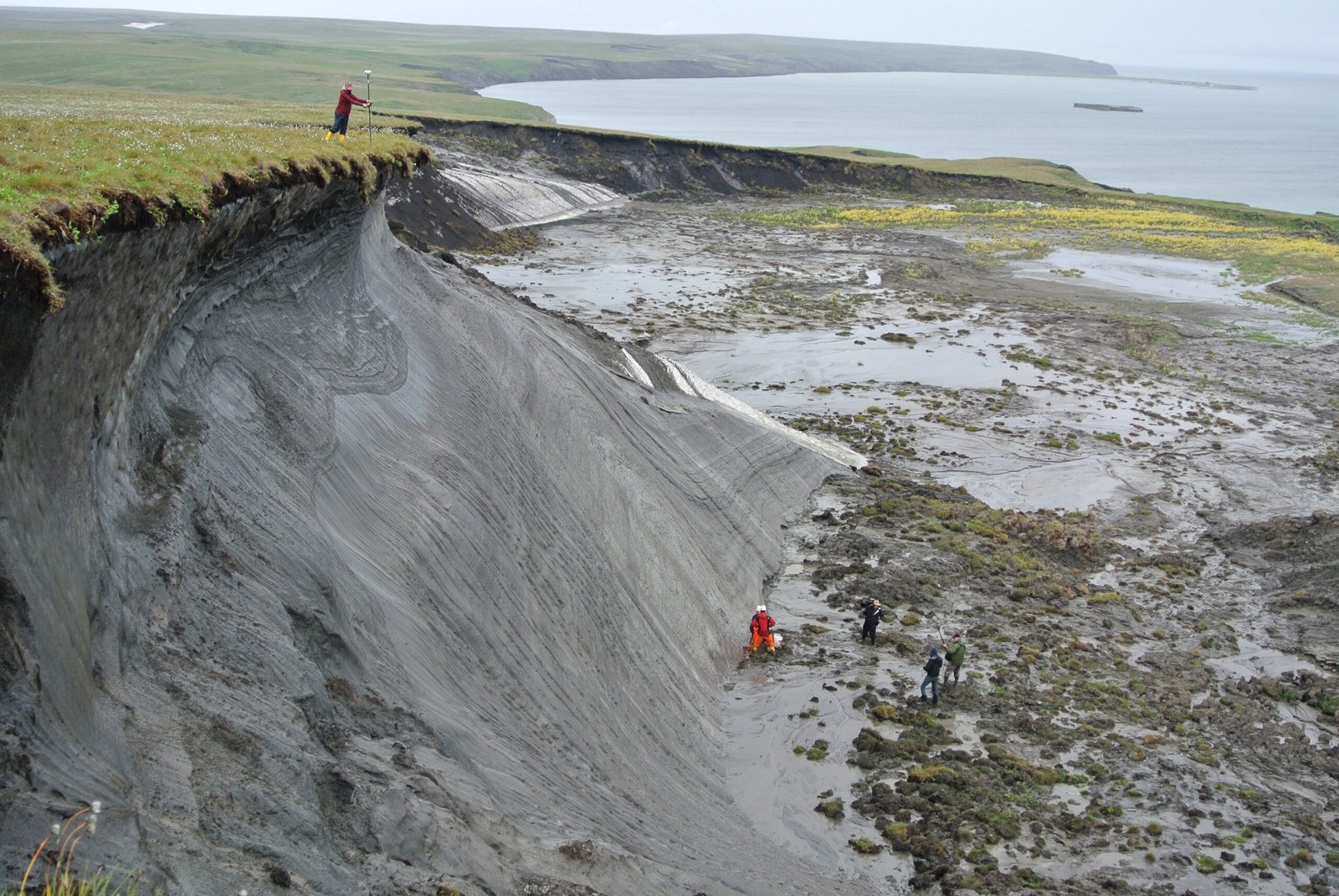
As average temperatures nudge upward, permafrost loses its grip, and ancient carbon wakes up too. Microbes that stayed idle now chew through old plant matter, releasing carbon dioxide and methane that amplify warming. The landscape shifts under villages and roads, turning ground to marsh and shattering building foundations. For researchers, these changes are both field sites and alarms. Each new slump face may hide a rare organism and a costly problem in the same frozen wall.
The biology and the physics travel together. Understanding one without the other misses the point, like listening to a symphony with one ear plugged. The real story is feedback: living archives meet a warming engine, and the outcome depends on choices we make now.
Nature’s Cold Toolbox
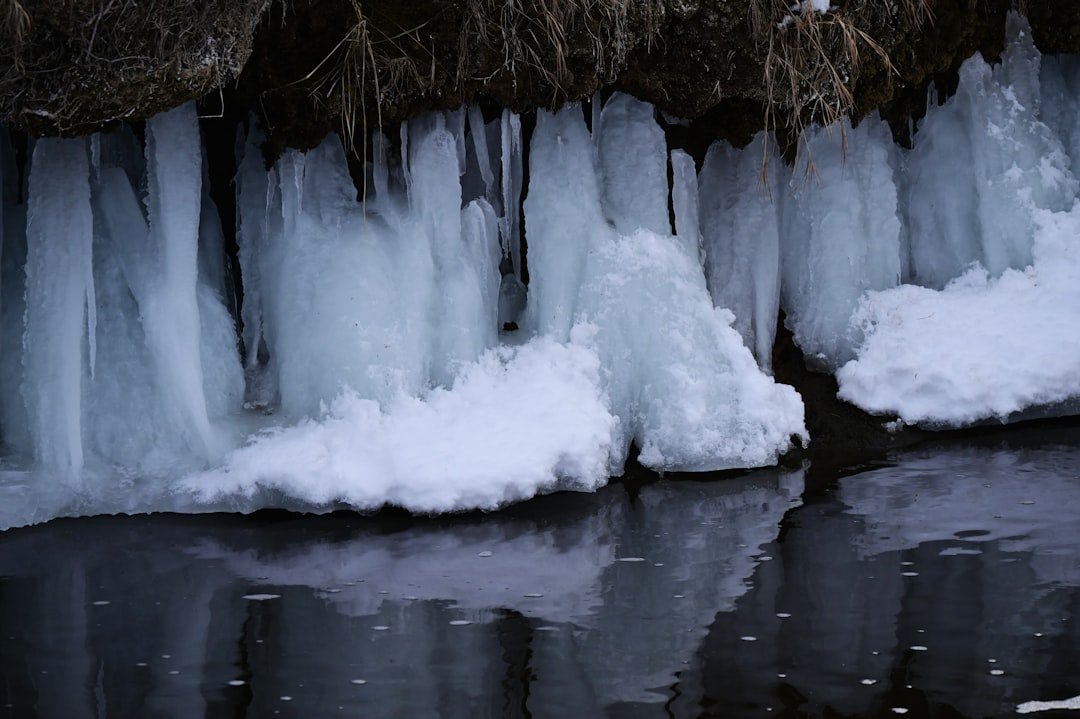
From enzymes that work at refrigerator temperatures to proteins that keep ice crystals from shredding cells, cold-adapted biology is a toolkit begging to be used wisely. Imagine vaccines or blood products that survive longer without deep freeze, or crops shielded from late frosts. Industry already borrows from extremophiles, but permafrost species widen the catalog. Their solutions evolved over ages, forged slowly where mistakes meant extinction. That kind of testing is hard to beat in a lab.
There is a cautionary side to bioprospecting, though. Benefits should flow to Arctic communities, and access should be governed transparently. Sharing not just data but dividends makes this science fair and durable.
Ethics and Boundaries
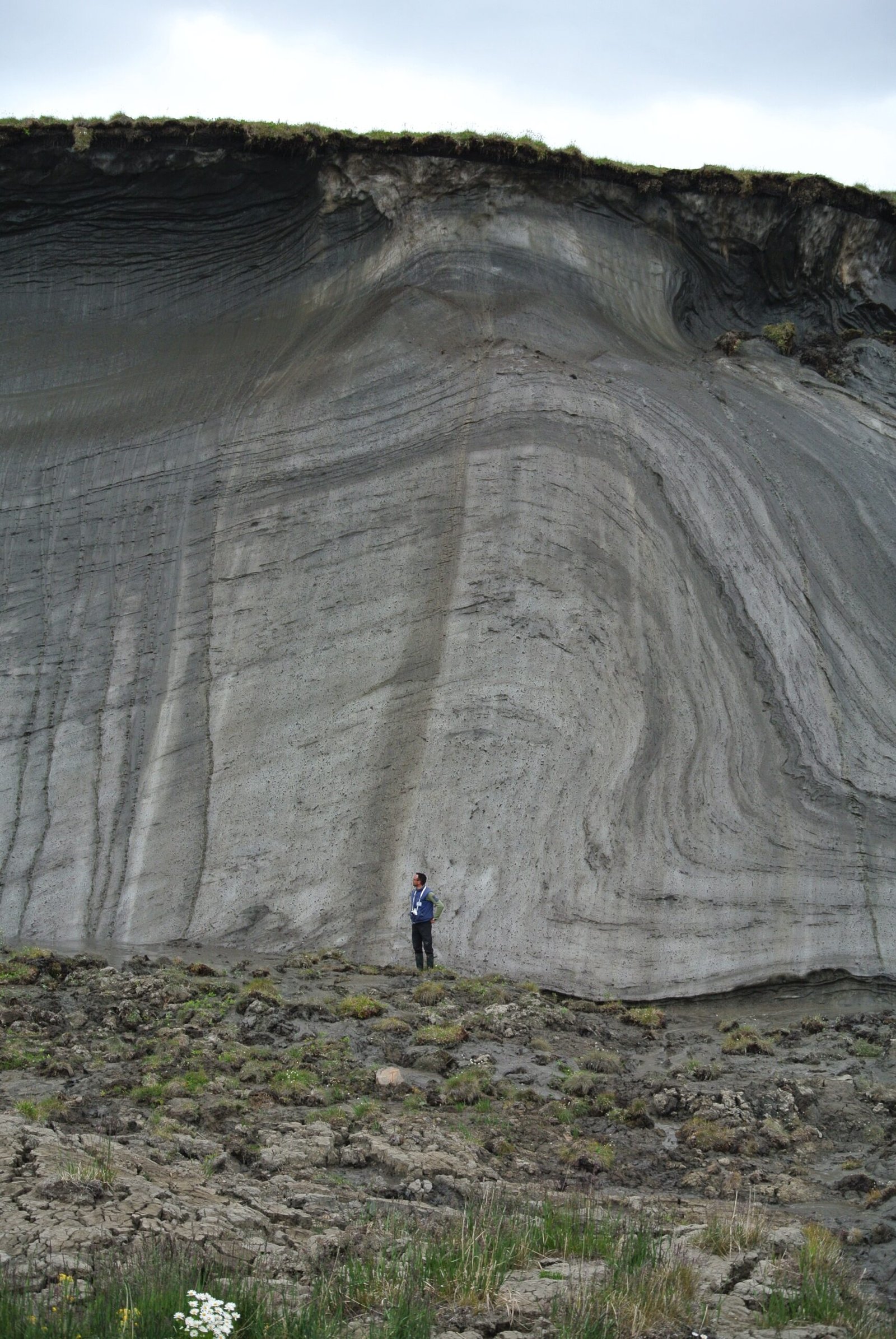
Reviving ancient life asks hard questions: how far is too far, and who decides? Many teams now practice “revive-to-study” under containment, avoiding open release while gleaning insight. Oversight boards, community consultations, and clear risk assessments should be baked into every project. The aim is to learn without gambling with ecosystems that never consented to a new neighbor. In science, restraint is not a brake on discovery – it is a steering wheel.
We also need consistency across borders, because permafrost ignores maps. Shared guidelines and rapid reporting help prevent risky one-off experiments. If the ground is global, the guardrails should be too.
From Ancient Tools to Modern Policies
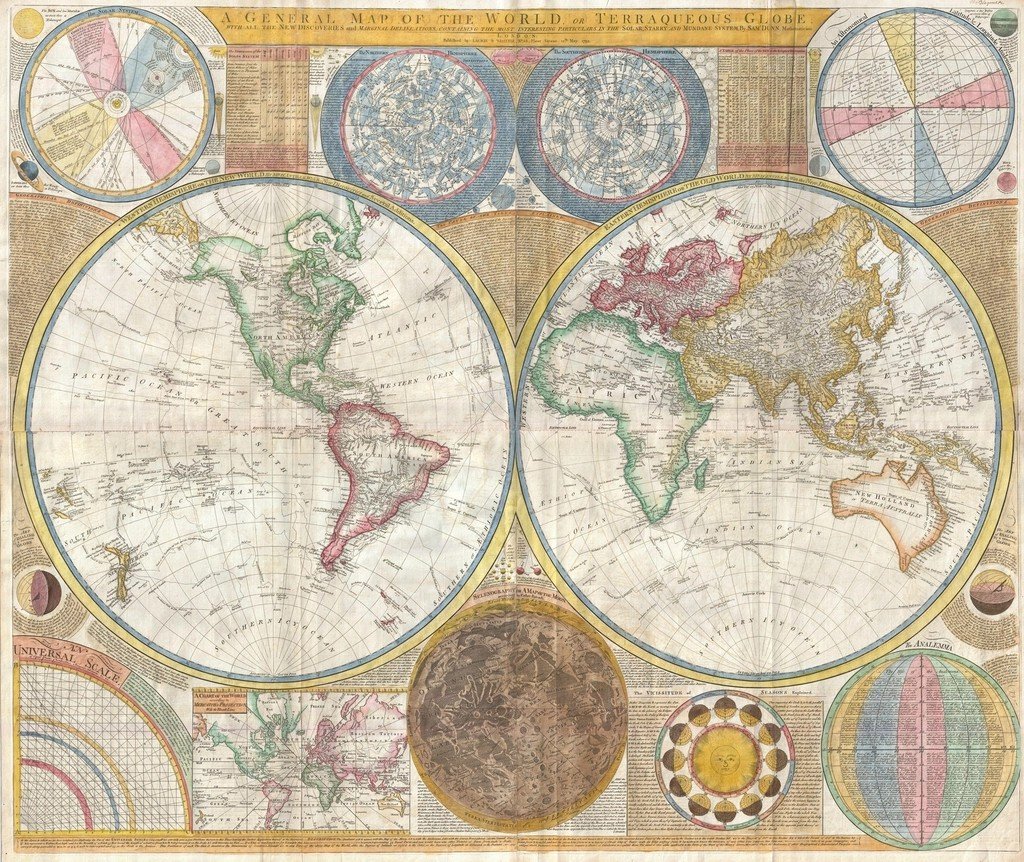
The same meticulous mapping used for ice layers can guide policy: identify hotspots, set rules, and monitor results. Data standards help labs compare findings and avoid duplicating risky procedures. Open repositories let local governments and Indigenous organizations see what’s under their feet, not months later but in near real time. That transparency builds trust and reduces rumors, which is critical when headlines can outrun nuance. The Arctic deserves more than a scattering of siloed studies.
Policies should fund long-term observatories and rapid-response teams for unexpected exposures. Think of them as fire stations for frozen archives – quiet until they’re urgently needed. Prepared beats surprised, every time.
The Future Landscape
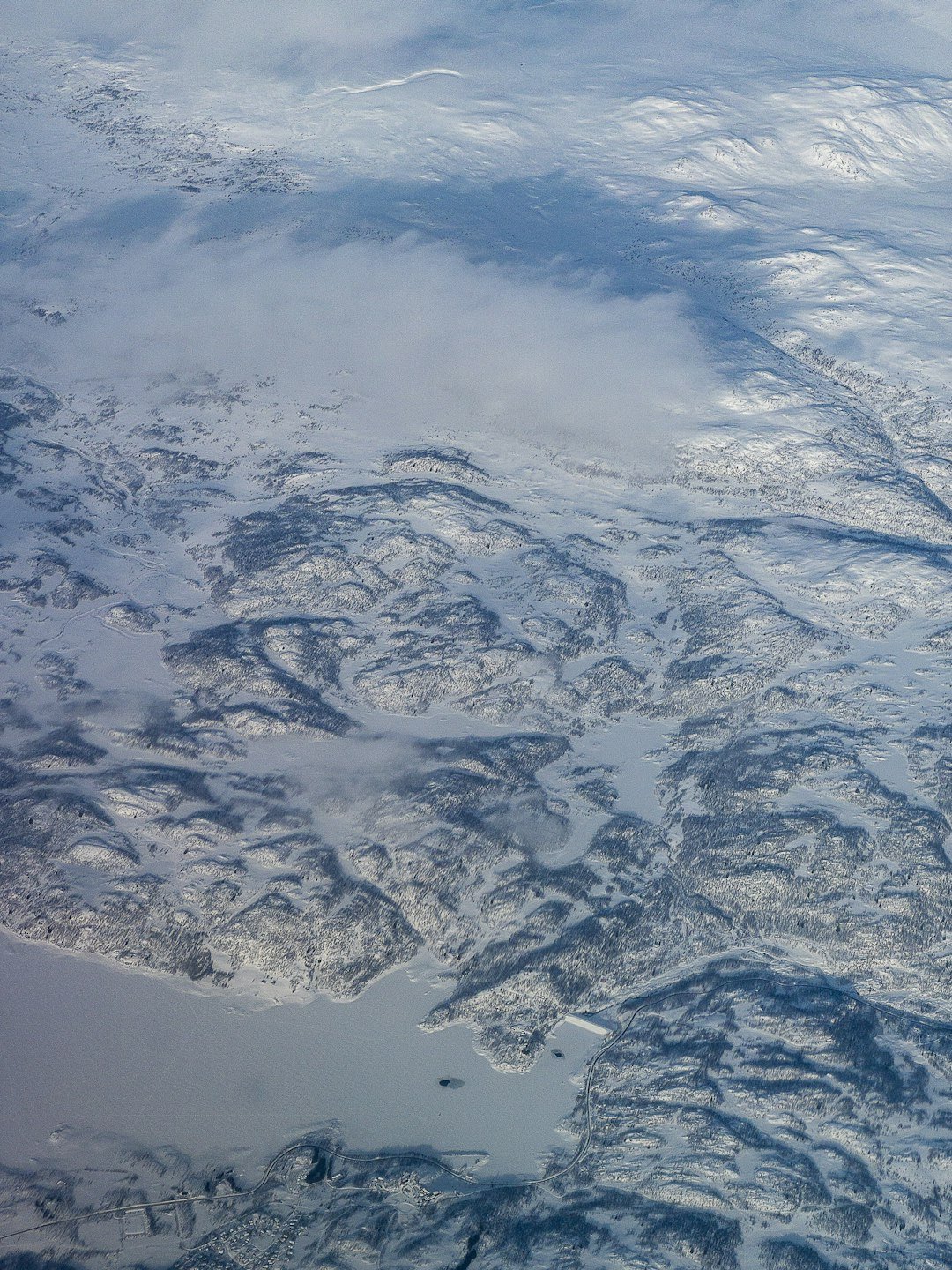
Next-generation sequencing will soon read ancient DNA from single cells, pairing genomes with 3D images of their structures. Portable labs can already travel by sled or boat, shrinking the gap between discovery and analysis. AI tools, trained on climate and genomic data, may predict where revivable organisms cluster before the ground even gives way. But big questions remain: how widespread is true revival potential, and what thresholds flip dormancy to activity? The answers will shape how we balance open inquiry with guardrails.
Globally, what happens in the Arctic will ripple outward in policy, markets, and culture. Permafrost is not a distant curiosity; it is a mirror, showing how planetary systems store the past and bill us in the present. We should read it carefully, and soon.
How You Can Help
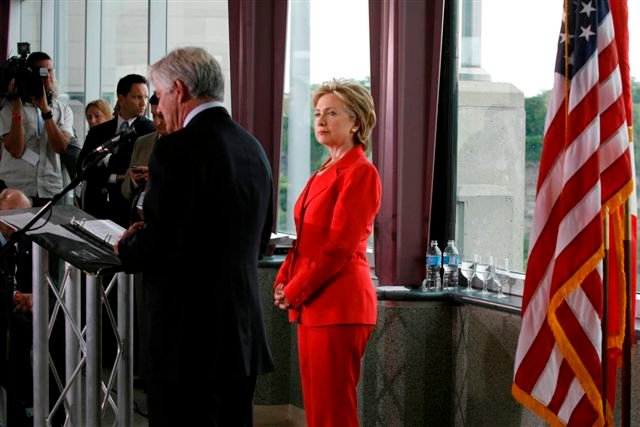
You don’t need a core drill to make a difference. Support community-led Arctic monitoring programs and museums that preserve and share regional knowledge. Back policies that cut greenhouse gas emissions, because slowing the thaw reduces both surprises and costs. If you’re an educator, bring permafrost science into classrooms to grow the next wave of careful, ethical researchers. And when a flashy headline appears, ask about methods, safeguards, and local voices – not just the wow factor.
Small actions add weight, like snowflakes building a cornice. Awareness pulls funding into the right places and keeps the focus on people who live with these changes daily. Curiosity is the spark; responsibility is the fuel.
A Last Word
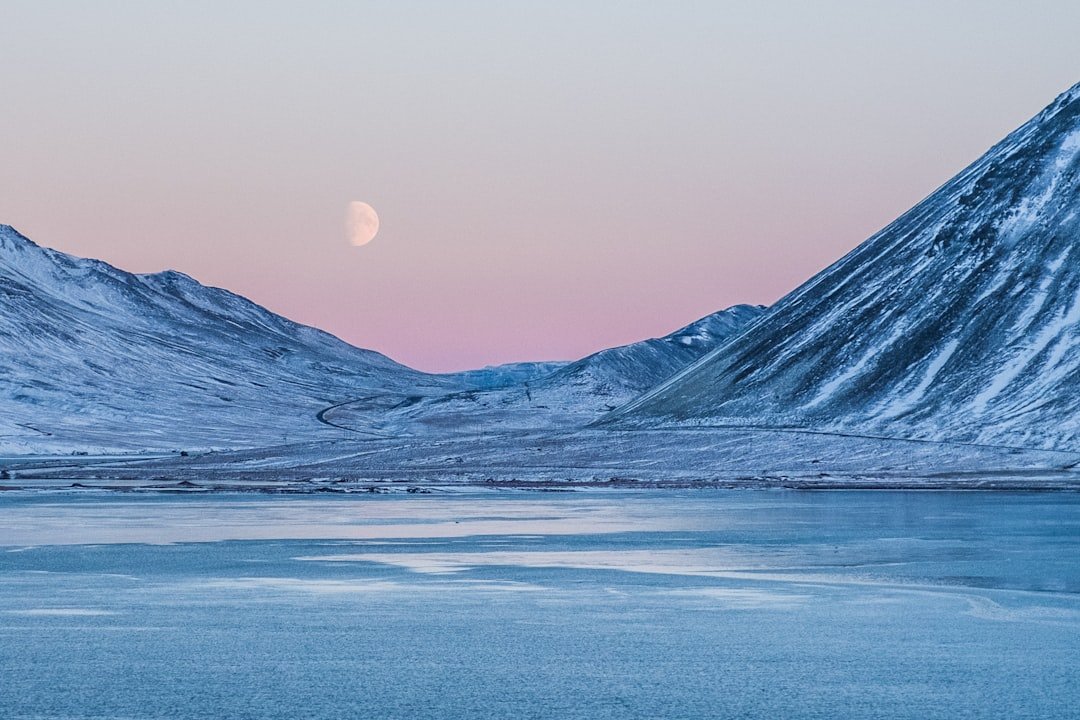
The Arctic is not simply melting; it is speaking, and we are finally learning how to listen. Creatures and codes from deep time are stepping into the light, offering warnings and gifts in the same breath. If we meet them with humility and rigor, the payoff could be safer medicine, stronger communities, and a clearer map of our warming future. If we rush or sensationalize, we risk turning a rare chance into a preventable problem. The story is ours to shape, but the clock is the planet’s.
What would you want future scientists to learn from us when our own time is frozen in the ground?

Suhail Ahmed is a passionate digital professional and nature enthusiast with over 8 years of experience in content strategy, SEO, web development, and digital operations. Alongside his freelance journey, Suhail actively contributes to nature and wildlife platforms like Discover Wildlife, where he channels his curiosity for the planet into engaging, educational storytelling.
With a strong background in managing digital ecosystems — from ecommerce stores and WordPress websites to social media and automation — Suhail merges technical precision with creative insight. His content reflects a rare balance: SEO-friendly yet deeply human, data-informed yet emotionally resonant.
Driven by a love for discovery and storytelling, Suhail believes in using digital platforms to amplify causes that matter — especially those protecting Earth’s biodiversity and inspiring sustainable living. Whether he’s managing online projects or crafting wildlife content, his goal remains the same: to inform, inspire, and leave a positive digital footprint.

